Next-Gen Digital Solutions
Empowering Digital Innovation, One Solution at a Time
Digital innovation progression services generally encompass a range of strategies and solutions designed to help organizations adopt, integrate, and advance their digital technologies. These services aim to enhance efficiency, drive growth, and maintain competitive advantage in a rapidly evolving digital landscape.
Assessment
- Evaluate current IT infrastructure and processes
- Identify areas for improvement and opportunities for innovation
Strategy
- Develop a digital transformation roadmap
- Define goals, objectives, and key performance indicators (KPIs)
Design
- Create innovative solutions and prototypes
- Collaborate with stakeholders and subject matter experts
Implementation
- Deploy new technologies and processes
- Integrate with existing systems and infrastructure
Optimization
- Monitor and analyze performance metrics
- Refine and improve solutions based on feedback and data insights
Scaling
- Expand successful innovations across the organization
- Develop a culture of continuous innovation and improvement

Strategy
Development
- Digital Transformation Strategy: Crafting a comprehensive plan to integrate digital technologies into all areas of the business.
- Roadmap Creation: Developing a step-by-step plan to guide the implementation of digital innovations.

Technology Assessment and Integration
- Technology Audits: Evaluating current technologies and systems to identify areas for improvement or replacement.
- Integration Services: Ensuring new digital solutions seamlessly integrate with existing systems.

Innovation &
Research
- Emerging Technology Exploration: Identifying and evaluating new technologies such as AI, blockchain, IoT, etc.
- Proof of Concept (PoC) Development: Creating prototypes to test the viability of new digital solutions.

Data Analytics &
Insights
- Data Strategy: Developing a strategy for data collection, management, and utilization.
- Analytics Solutions: Implementing tools and techniques for analyzing data to drive decision-making

User Experience (UX)
& Design
- UX/UI Design: Designing user-friendly interfaces and experiences for digital products and services.
- Customer Journey Mapping: Analyzing and improving the customer experience through digital touchpoints.

Cybersecurity &
Compliance
- Risk Assessment: Identifying potential security risks associated with digital innovations.
- Compliance Solutions: Ensuring that new technologies and processes adhere to relevant regulations and standards.

Continuous
Improvement
- Performance Monitoring: Tracking the performance of digital solutions and making adjustments as needed.
- Innovation Workshops: Facilitating sessions to generate new ideas and approaches for ongoing digital innovation.

Cloud
Services
- Cloud Migration: Moving data and applications to cloud environments.
- Cloud Optimization: Ensuring efficient use of cloud resources and managing costs.

Automation &
AI
- Process Automation: Implementing technologies like RPA (Robotic Process Automation) to streamline business processes.
- AI Solutions: Developing and integrating artificial intelligence solutions to enhance various business functions.
